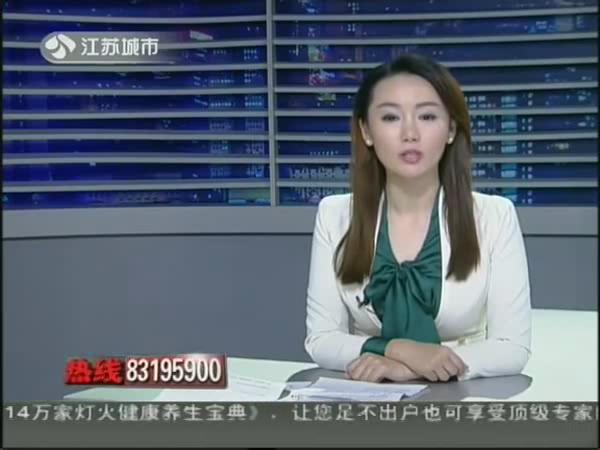The AMF has published a new version of its money laundering and terrorist financing (ML/FT) sectoral risk analysis (SRA), the first version of which was published in 2019. This document sets out, for the professionals under AMF supervision, the national risk analysis (NRA) that was updated and published on 14 February 2023 by the Conseil d'Orientation de la Lutte Contre le Blanchiment de Capitaux et de Financement du Terrorisme (Anti-Money Laundering and Countering Terrorist Financing Advisory Board) (COLB).
A better understanding of money laundering and terrorist financing risks
At the heart of all anti-money laundering and countering terrorist financing (AML/CFT) systems, the risk-based approach is essential for obliged entities and supervisory authorities alike. In line with the first recommendation of the Financial Action Task Force (FATF), it requires a good understanding of ML/FT risks at all levels.
The AMF's sectoral risk analysis (SRA) is an extension, for the professionals under its supervision in terms of AML/CFT, of the national analysis carried out by COLB for banking and financial services. It analyses and assesses the various ML/FT risks to which the following are exposed:
the asset management sector, distinguishing between the collective investment management of financial instruments, private equity, real estate management and individual portfolio management;
the financial investment adviser sector;
the activities of the central securities depository; and
the digital assets sector.
Using the same methodology as the national analysis, the sectoral risk analysis highlights certain cross-cutting threats and vulnerabilities (fraud and scams, identity theft, breaches of probity and corruption, proliferation, etc.) and then assesses the ML/FT risks to which the sectors in question are exposed. Based on a description of the criminal threats to which they are exposed, as well as their intrinsic vulnerabilities, i.e. the specific characteristics that may make them attractive for ML/FT activities, it compares them against the existing risk mitigation factors, whether regulatory or linked to the quality of the AML/CFT systems observed by the AMF, on the basis of information gathered from the professionals concerned, the findings of AMF inspections and TRACFIN reports in particular.
The overall score for each of the sectors considered is the result of cross-referencing the threats against the robustness of the mitigation measures. This score is now assessed on a four-point scale. A ‘very high’ level has been added to the three used in the past (low, medium and high).
The purpose of the sectoral risk analysis is to help guide the AMF's AML/CFT supervision and inspection activities, and to support the professionals under its supervision in their own assessments of these risks. It does not replace the more detailed analyses that these professionals must carry out on the basis of the nature of the products and services they offer, the distribution channels they use and the characteristics of their clients.












